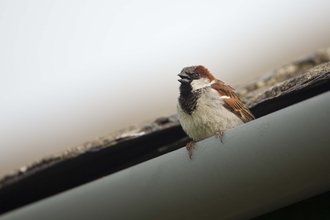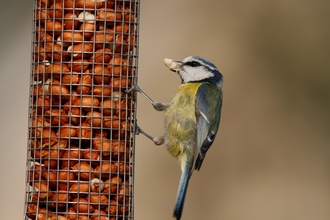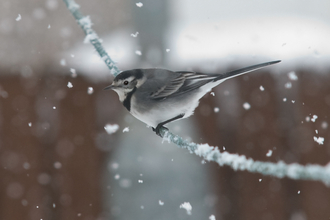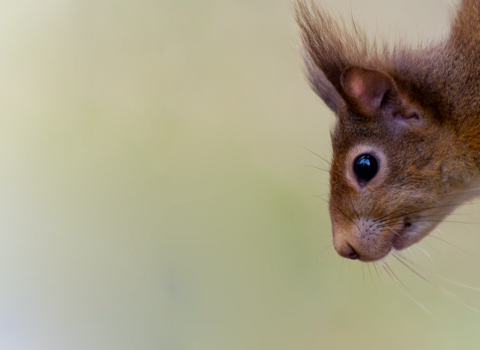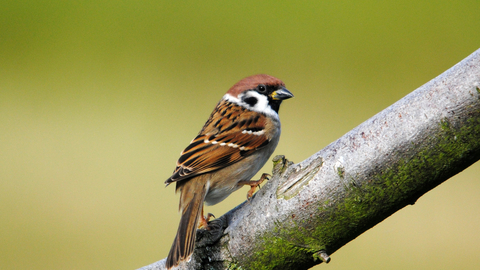
©Amy Lewis
Tree sparrow
Scientific name: Passer montanus
A scarce and declining bird, the tree sparrow can be spotted on farmland and in woodlands; it is not an urban bird in the UK. It has a brown cap and black cheek-spots, unlike the similar house sparrow.
Species information
Statistics
Length: 14cmWingspan: 21cm
Weight: 24g
Average lifespan: 2 years
Conservation status
Classified in the UK as Red under the Birds of Conservation Concern 5: the Red List for Birds (2021). Priority Species under the UK Post-2010 Biodiversity Framework.

